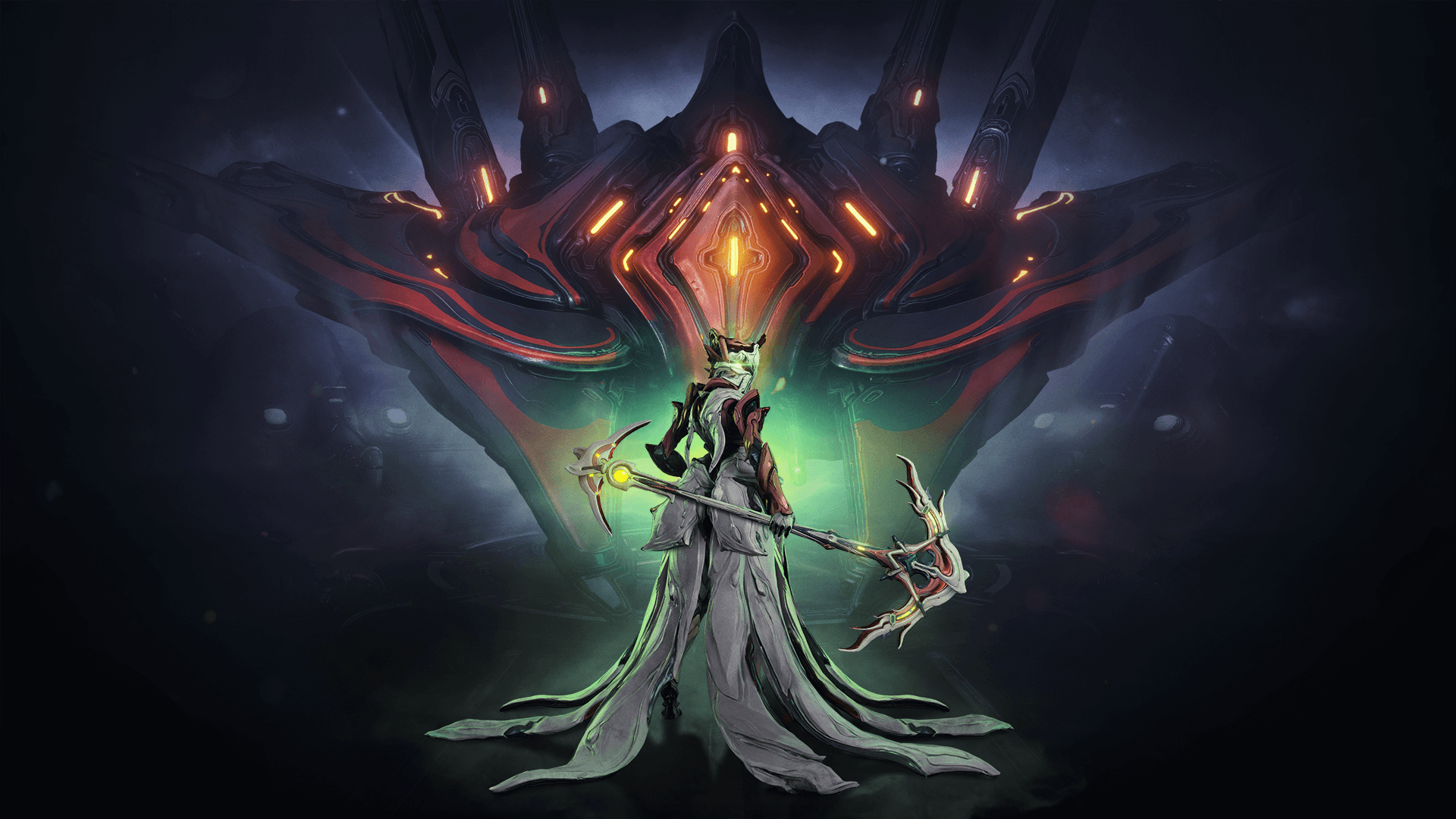
Running Commentary 6/24/2024
Hello,
It's summer now, and I have a summer project, of sorts, to announce. I have, in the past, when crunched for time, re-run old birds, often re-writing the write-ups to be more detailed and better-cited. This summer, that's what I'm going to do every week. I have a bunch of birds that, for one reason or another, I anticipate taking a good bit more time than usual to draw properly, and anyway, I'd like to build out my reserve of unfeatured birds back up a bit. So, until the Fall, I'll be featuring some art from the archives of Bird of the Week.
Anyway...
Watching...

The Acolyte
- This was a very short episode and coming away from it my immediate thought is that this series, like the Obi-wan Kenobi series, might have worked better as a film. I know that after fumbling things with the two 2019 releases, Lucasfilm will want their return to theaters to be something a little more mainstream and substantive than this, but, besides last week’s flashback episode, none of the episodes here stand alone at all. It’s not a whole made of distinct parts coming together, it’s a whole that’s been chopped up and is being meted out week-to-week, and is probably stretched to fit four hours.
- I don’t particularly care that in Canon we have Cereans as a longer-lived species than in Legends or Ki-Adi-Mundi having a different, earlier birthdate in Canon than in Legends, but I’m not thrilled with his cameo here because, including him, 5 of the 12 Jedi Councilors featured in Ep. I have now been featured in a High Republic story. I don’t think it works as its own era if you feature so many of the same people in it. I do kind of like the idea that Ki-Adi-Mundi maybe got on the Council because he was really old and it just eventually came up as his turn. That would explain some things.
- Once again, creature effects in this show are great. I liked how the big bugs looked, even for such a minor scene.
- The show started out with some really neat action scenes, but we haven’t had any more since the premiere. The ending of this episode does promise a big lightsaber fight in the opening of the next one.
- Speaking of, there are a lot of questions raised by the appearance of Mae’s master at the end here. Firstly, who is he? There’ve been some speculation that Qimir is Mae’s master, giving her commands in his full Sith garb but otherwise keeping an eye on her in a more unassuming guise. I initially thought this was too obvious, but now that we’ve gotten a closer look, the Master does seem to match Qimir’s build, and between the smiling mask and that two-finger swipe that he threw Osha with, there’s a sort of dark playfulness to this Sith Lord that I could see Qimir having. And I do think there’s more to Qimir than he lets on.
- Secondly, how much will the Jedi discover about him? Mae seemed ready to bargain revelation of the Sith for her freedom, before he showed up and scared her off from that plan. We know that the Order generally will not find out that the Sith survived, so I wonder if any of the Jedi who encounter him will survive the show. Or perhaps they just won’t learn who these darksiders are; it’s not as if the Sith were the only such faction, as we saw last week. I do expect that at least several of the Jedi with no names who’ve come along with Sol, Jecki, and Yord will die; I’m not sure about those who do have names.
- The mystery of Osha and Mae’s past is somewhat shelved in this episode.
Playing...

Warframe
The latest update, "Jade Shadows", is live. I don't yet have Jade (still farming her parts) but here are my thoughts on other parts of the update:
- The Quest
- Playing as Stalker is neat. Of course, he's already featured in the Duviri rotation, so you should know how to play him going in. His gameplay is largely focused on stealth, so it's fitting that much of the quest is a lengthy spy mission. The rest of the gameplay takes place in Stalker's lair, and is mostly interactive cinematics, which isn't bad, but isn't great gameplay. It's a means of telling the story. The only part I really didn't like was the introduction of more sneak-past-the-guard stuff when Stalker goes to ask the Tenno for aid.
- Story-wise, we get some Stalker lore. This quest doesn't exhaustively examine his origins, but we have some sense of who he is now, and a tease at future stories with him. We got, unfortunately, absolutely nothing about the acolytes, which are probably the least-explored part of the game's lore.
- The Operation
- The new mission is pretty good. It's defense, but there's no real way to fail just by not defending the target; instead, the goal is to keep the objective moving, which is pretty easily accomplished so long as you keep active grabbing batteries and clearing the way of enemies. The Jade Light Eximus units keep you moving, too. This is not a relaxing mission, but it's not a difficult one either. There's a way to farm arcanes here as well, if you can find the beacons to summon a Sister of Parvos. (These could be a bit more obvious, in my opinion.)
- Operation: Belly of the Beast is probably the best Warframe operation I can remember. Ascension is a fun time, but the operation isn't just the same mission over and over; there are alerts providing operation rewards for doing various other missions, and these refresh multiple times a day. This goes a long way toward breaking up the tedium.
- The changes to damage type resistance I'm still getting used to, but they are much simpler.
- Being able to see your loadout and change it from the mission selection screen is very handy. I appreciate that Warframe has a walkabout menu rather than just a regular user interface between missions, but it does get annoying to have to run back and forth in your ship to change loadouts when you aren't taking the time to really construct a loadout, and I'm happy there's a simpler way now.


Bird of the Week
This week we’re featuring another iconic American bird of prey. The red-tailed hawk is found in every corner of North America, from Alaska to Panama, as well as throughout the Caribbean. They feed mostly on small mammals. They can survive in and are found throughout almost any habitat besides heavily developed cities. The most common brown-colored hawk in its range, red-tailed hawks can be identified by the band of dark spots across their bellies, their high-soaring habits, and, of course, by their namesake rufous tail feathers, which are unique among American raptors.

If it existed anywhere else in the world, the red-tailed hawk would probably be called the red-tailed buzzard. Its closest cousin is the common buzzard of Africa and Eurasia. But, through a strange twist of language development, “buzzard” is used in North America to refer to New World vultures, especially the turkey vulture. Growing up I had a sort of understanding that vultures weren’t really buzzards, but I had always thought that real buzzards were also some sort of carrion-eating birds. But no, buzzards are just a sort of hawk, known for flying in high circles, riding rising currents of warm air. Turkey vultures also do this, which is how they came to be called “buzzards”, which would make sense enough if it weren’t for the presence of actual buzzards, such as the red-tailed hawk and the rough-legged buzzard (called the “rough-legged hawk” in the U.S.).1,2
If you’re not from North America, you might never have seen a red-tailed hawk, but you’ve almost certainly heard it. Their call is a piercing cry, and a recording of one has become the go-to sound effect for birds of prey generally3, and especially the bald eagle, whose own meek, twittering vocalizations aren’t thought to match their imperious look.4
Besides “red-tailed hawk”, this bird is known as the “chickenhawk”, thought, mistakenly, to prey on farmyard chickens. Its Latin name is Buteo jamaicensis, the “Jamaican buzzard”, as the species was first formally described, by German physician and early Linnaean taxonomer Johann Friedrich Gmelin, based on reports of a “cream-colored buzzard” found in Jamaica and sent to the ornithologist John Latham.5,6
- Debczak, Michele. “Buzzards Vs. Vultures: What’s the Difference? | Mental Floss.” Mental Floss, January 22, 2021. https://www.mentalfloss.com/posts/crows-count-out-loud.
- Birdfact. “Rough-Legged Hawk Bird Facts (Buteo Lagopus),” June 2, 2023. https://birdfact.com/birds/rough-legged-hawk.
- “Red-tailed Hawk - Cabrillo National Monument (U.S. National Park Service),” n.d. https://www.nps.gov/cabr/learn/nature/red-tailed-hawk.htm.
- “Bald Eagle Sounds, All About Birds, Cornell Lab of Ornithology,” n.d. https://www.allaboutbirds.org/guide/Bald_Eagle/sounds.
- Jobling, J. A. (editor). The Key to Scientific Names in Birds of the World (S. M. Billerman et al. editors), Cornell Laboratory of Ornithology, Ithaca.
- Latham, John. A General Synopsis of Birds. Vol. 1, Part 1. 1781 London, Printed for Benj. White. pp. 49–50.
Curation Links
My Home Towns | Kellianne Jones, The Delacorte Review
A journalist gives a thorough history of her hometown of Fayetteville, Ohio. Founded as a Catholic enclave, Fayettville is a study in small-town decline, with a proudly distinctive history clashing with a future likely to see absorption by surrounding towns as residents leave and the United States becomes more unified culturally.
Chirality is Just Turtles All the Way Down | George Zaidan, Reactions
[VIDEO] "L-DOPA is the best drug we have for Parkinson’s disease. If you take L-DOPA and reflect it in a mirror, you get a different molecule: D-DOPA, which does absolutely nothing for Parkinson’s and causes potentially deadly side effects. Making just L-DOPA without D-DOPA is surprisingly hard – so hard that the person who finally figured out how to do it won the 2001 Nobel Prize in Chemistry." (12 minutes)
History is Written by the Losers | The Scholar's Stage
“Those who rule do not have the time to write about it. Occasionally history produces a Caesar or a Mao, men who can lead the masses to war on the one hand, while serving as prolific propogandists for their cause on the other. The greater part mankind is not so talented. Sima Guang would never have finished his history had he not been shunted out of Song court politics. Had Thucydides defeated Brasidas, he would be known today not as a historian, but as a military strategist, a strategist who never had the time to travel the world and collect the material needed to write his history. Even winning historians need time in defeat to write their histories—had Churchill’s party not been kicked out of power by British voters after the Second World War was over, Churchill’s famous account of that war would never have been written.”
The Patchwork Dolls | Ysabelle Cheung, Granta
[FICTION] The story of a woman who sells parts of her face to others, set in an alternate world where these donor-recipient cosmetic surgeries are pitched as liberating for both parties.
See the full archive of curations on Notion







Member Commentary